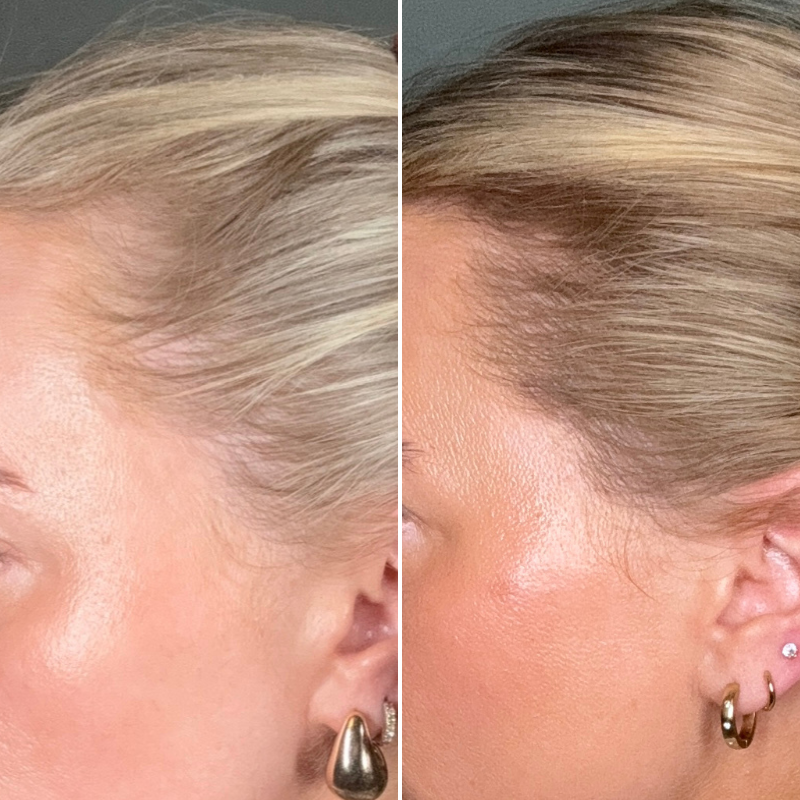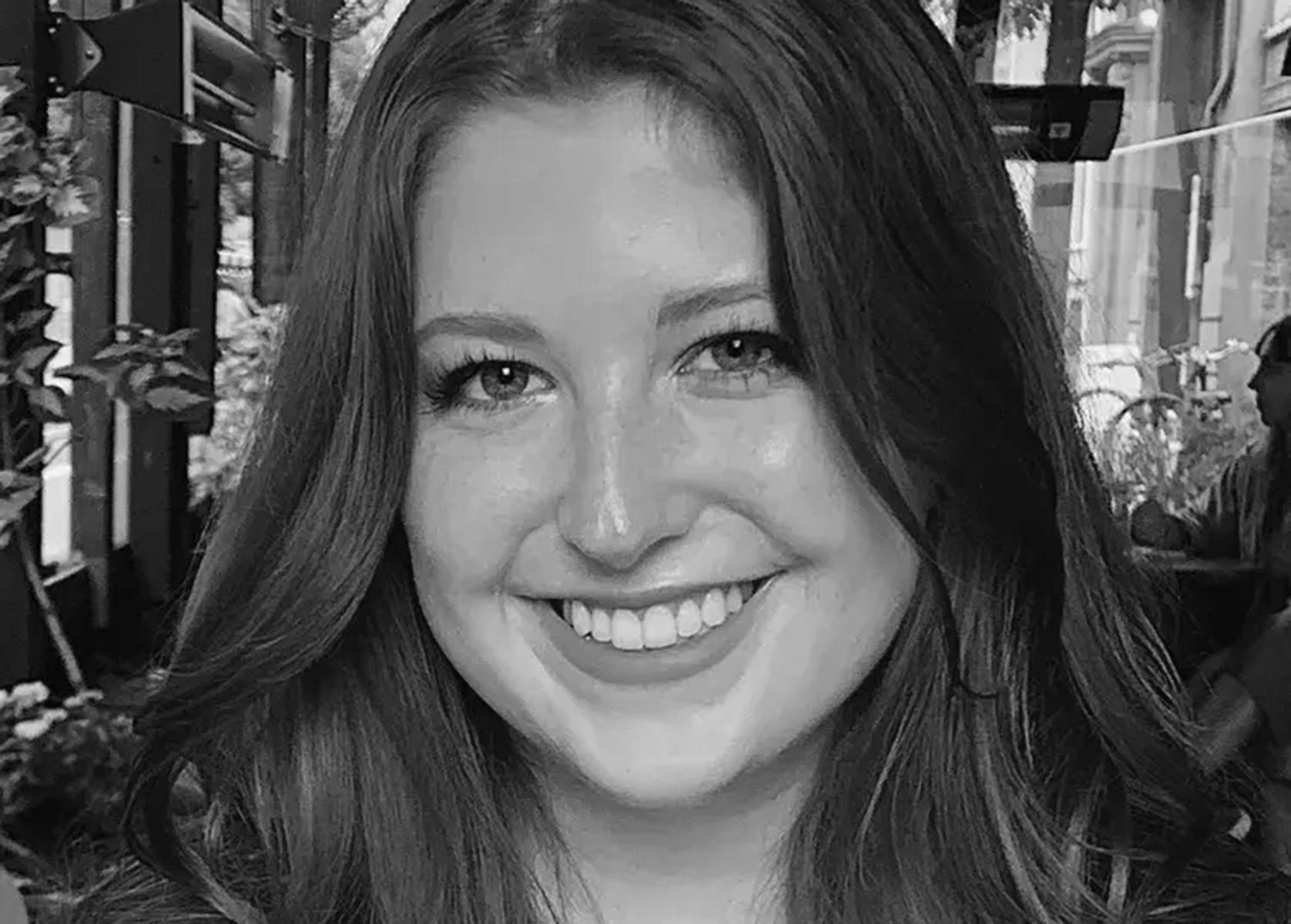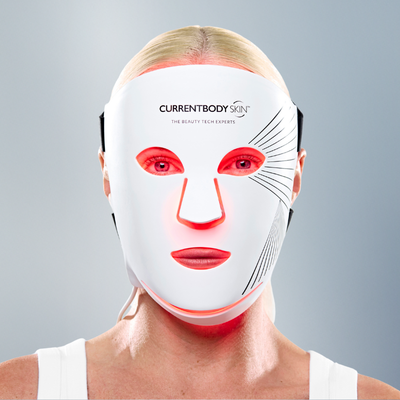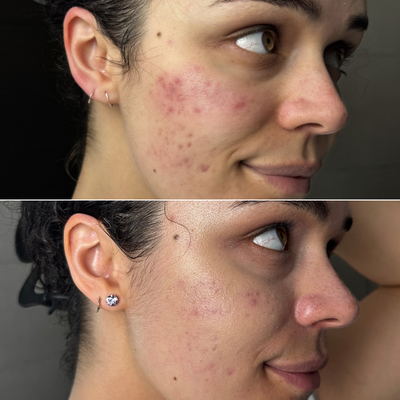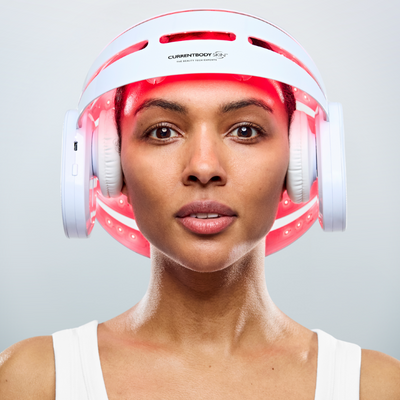Be honest. When was the last time you heard your girlfriends talk about hair loss struggles? I’m going to take a guess and say the topic probably comes up after someone has had a baby. Other than that, it’s perhaps not a common point of discussion.
Male hair loss, on the other hand, is so often talked about, and quite frankly, normalised. Over the past few decades, men have become more comfortable with disclosing their hair problems, and it’s not uncommon to know someone who has gone through a hair transplant procedure.
While this progress is admirable, it’s a completely different story for women — even though female hair loss is common.
“40% of pre-menopausal women will experience hair loss at some point in their lives. By age 80 over 80% of women will experience hair loss.”
- Dr. Quinton Chivers, Board-certified Plastic Surgeon, Canadian Dermatology, Plastic Surgery and Hair Transplantation Centre
Part of the reason female hair loss feels taboo is because few women fully recognise the signs. It’s easy to confuse hair loss with hair thinning as they are often caused by the same factors. However, the two are significantly different.
“Hair loss refers to a decrease in the number of hair follicles, while hair thinning is the reduction in the diameter of individual hair strands. Hair thinning can be a precursor to hair loss. Think of it like this: Hair loss is when your hair is saying ‘bye-bye’ to your scalp, while hair thinning is more like your hair whispering ‘I'm here, but I'm not as thick as I used to be.”
- Simone Hopes, Certified PA-C and Founder of Queen Aesthetics Medspa
Regardless of whether you think you could be experiencing hair loss or hair thinning, there are ways to reverse the effects and regrow your hair. The first step? Deciphering the root cause of hair loss.
What causes female hair loss?
According to Dr. Rebecca Marcus, a Texas-based board-certified dermatologist, many factors lead to hair loss in women.
“Hormonal fluctuations, nutritional deficiencies, and physical or emotional stress — including childbirth and the postpartum period — can contribute to hair loss. Medical conditions, such as alopecia areata and thyroid disorders can also cause hair loss.”
- Dr. Rebecca Marcus, MD, FAAD, Board certified Dermatologist
Even with all of the potential explanations, women are more likely to experience hair loss at two life stages: During postpartum as well as menopause.
Unsurprisingly, both are the result of hormonal changes. “Throughout pregnancy, hair tends to be amazing due to increased oestrogen, and when these hormones fall after delivery, a state of shedding is induced,” says Dr. Chivers. The same thing happens during menopause as a result of falling oestrogen levels.
Before you start worrying about whether or not you’re experiencing considerable hair loss, remember that it’s not uncommon to shed between 50 to 100 hairs a day as part of the body’s natural renewal cycle.
If you notice your hair falling out in clumps or realise your hair isn’t as thick as it once was, it’s time to schedule a doctor’s appointment to determine the underlying issue.
Is female hair loss reversible?
Truth be told, the answer isn’t so simple. Dr. Chivers says that it’s easier to revive the hairs that remain rather than try to replace substantial loss — though it’s not impossible. The key, he says, is creating a bespoke regrowth plan with the help of your doctor to see the rejuvenation you desire.
There’s some good news on the hormone-related hair loss front, though. Dr. Marcus says that this type of hair loss is one of the easiest to improve. “Hormone-induced hair loss can be treated with topical or oral medications, PRP injections, vitamin supplementation, and red light therapy,” she explains.
As we mentioned above, the best route for hair rejuvenation is to craft a personalised plan with your doctor. However, many experts recommend supplementing your treatment with red light therapy. Yep, the same buzzy light therapy treatment that revitalises your complexion can also aid in hair growth.
“Red light, also known as low-level light therapy, is thought to work by stimulating telogen-phase hair follicles to re-enter the anagen, or growth, phase of the hair cycle,” Dr. Marcus conveys.
Dr. Renita Ahluwalia, board-certified dermatologist at Canadian Dermatology, Plastic Surgery and Hair Transplantation Centre, adds that red light can also reduce DHT (a hormone that can trigger hair loss) on the scalp while improving circulation, both of which can prevent future hair loss and stimulate hair regrowth.
With all of the benefits, you might be expecting a catch — but there isn’t one. Compared to other hair regrowth treatments, red light therapy doesn’t run the risk of causing any adverse side effects. “It’s very safe and tolerated well by all skin types,” says Dr. Ahluwalia.
The only people who should maybe avoid red light are those with photosensitising conditions or autoimmune diseases. Otherwise, anyone can enhance their doctor-recommended treatment with red light therapy. And luckily, at-home devices, like the CurrentBody Skin LED Hair Growth Helmet, are becoming more widely available.
Keep in mind that you won’t experience miraculous hair regrowth overnight with any treatment, including red light therapy. While most people noticed a considerable improvement after using our Hair Growth Helmet daily for 12 weeks, Dr. Ahluwalia advises that it can take up to six months to see results.
Plus, like many other devices, consistency is imperative. “Ideally, red light should be used daily, or at least five days per week,” says Dr. Marcus. You won’t have to sit around in a helmet for an extended time, though. In most cases, 10 minutes a day is all you need.

Can you use red light therapy with minoxidil?
If you want to stick with an at-home regime to tackle your hair loss concerns, it’s a good idea to combine multiple treatments. Our experts agree that pairing red light therapy with minoxidil can be extremely effective. “Using these two remedies together can be a powerful combo for hair regrowth,” says Hopes. “They team up to tackle hair loss from different angles, giving you a better shot at a fuller head of hair.”
Although minoxidil is available over the counter, Dr. Marcus reminds us of the importance of consulting your physician before introducing minoxidil into your regimen, as there are potential side effects — including hair growth on the face — that can result if it’s not taken in the right dosage.
Changing the narrative around female hair loss
Overall, while hair loss can feel isolating, know that you’re not alone. Chances are multiple women in your life are going through the same struggles too.
The above methods can help you regain confidence (and a full head of hair), but the stigma behind female hair loss needs to shift so more women feel empowered to seek out these remedies and talk about their experiences.
If nothing else, we hope you feel inspired to chat with your gal pals about hair loss, so you can combat it and come out feeling more self-assured about your hair together.
Ready to take action? Why not try red light therapy for your hair loss. It’s a gentle, clinically proven way to stimulate regrowth and strengthen thinning hair—all from the comfort of home. It’s one small step that can make a big difference in your confidence.

